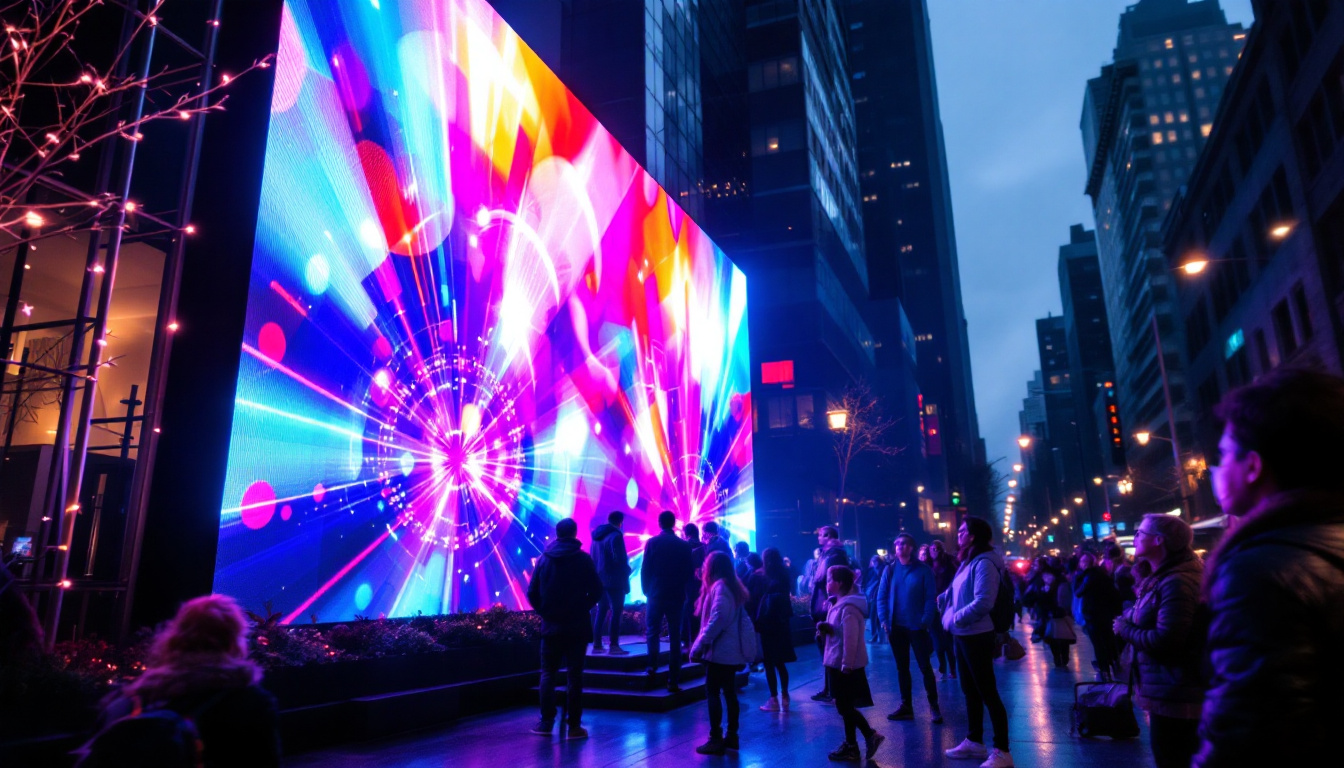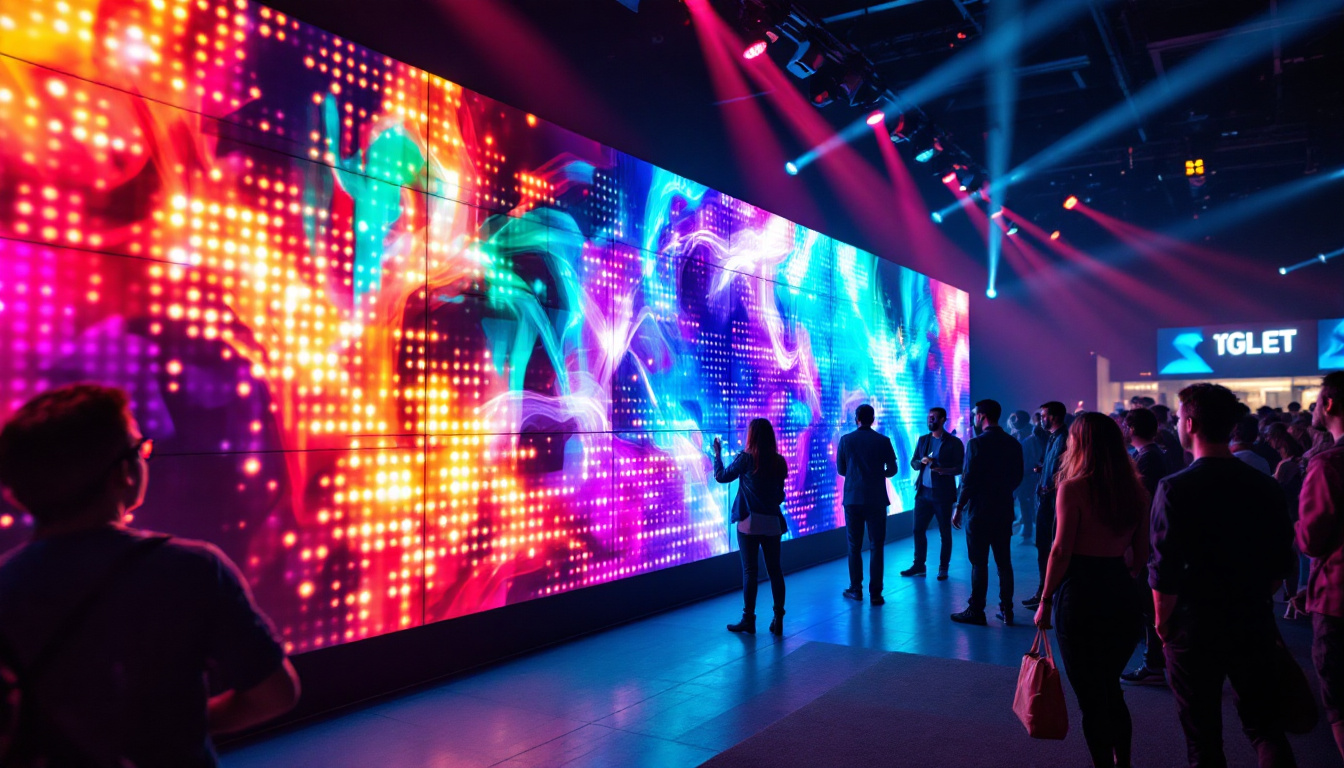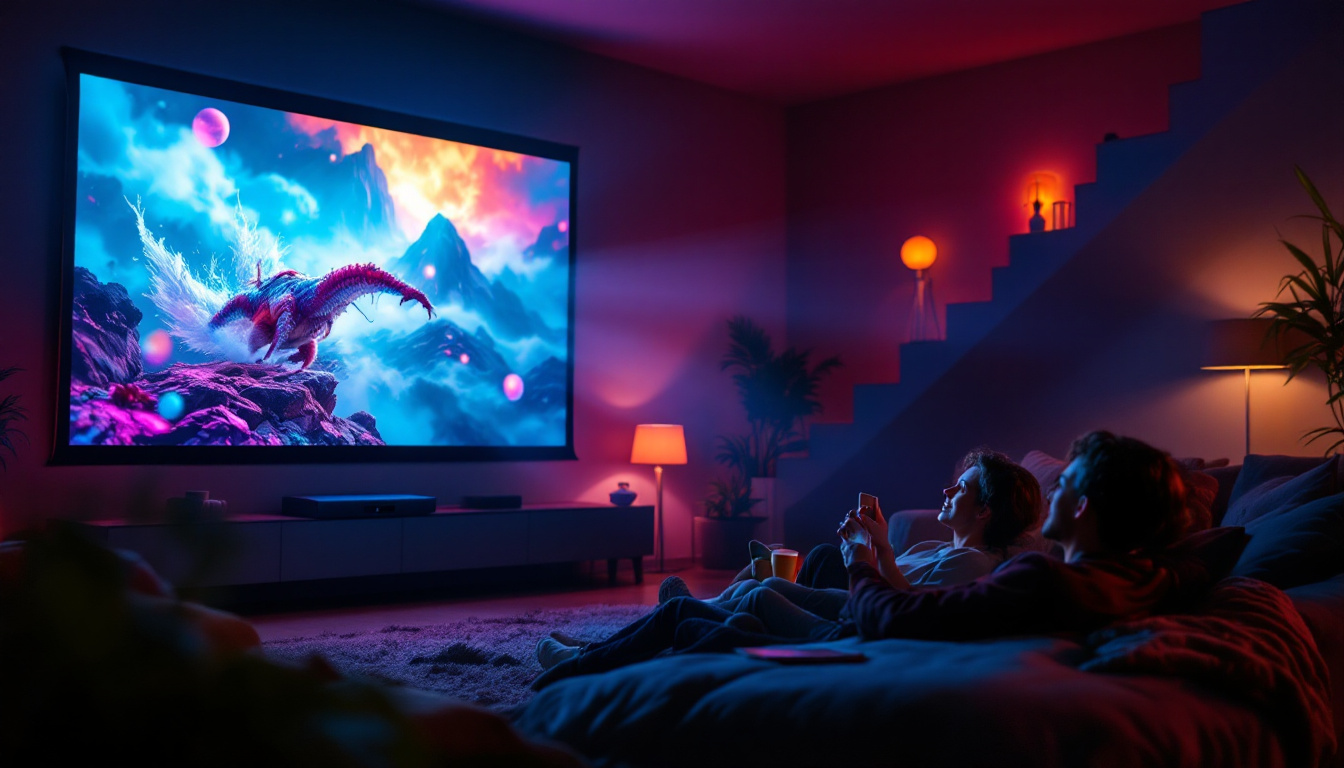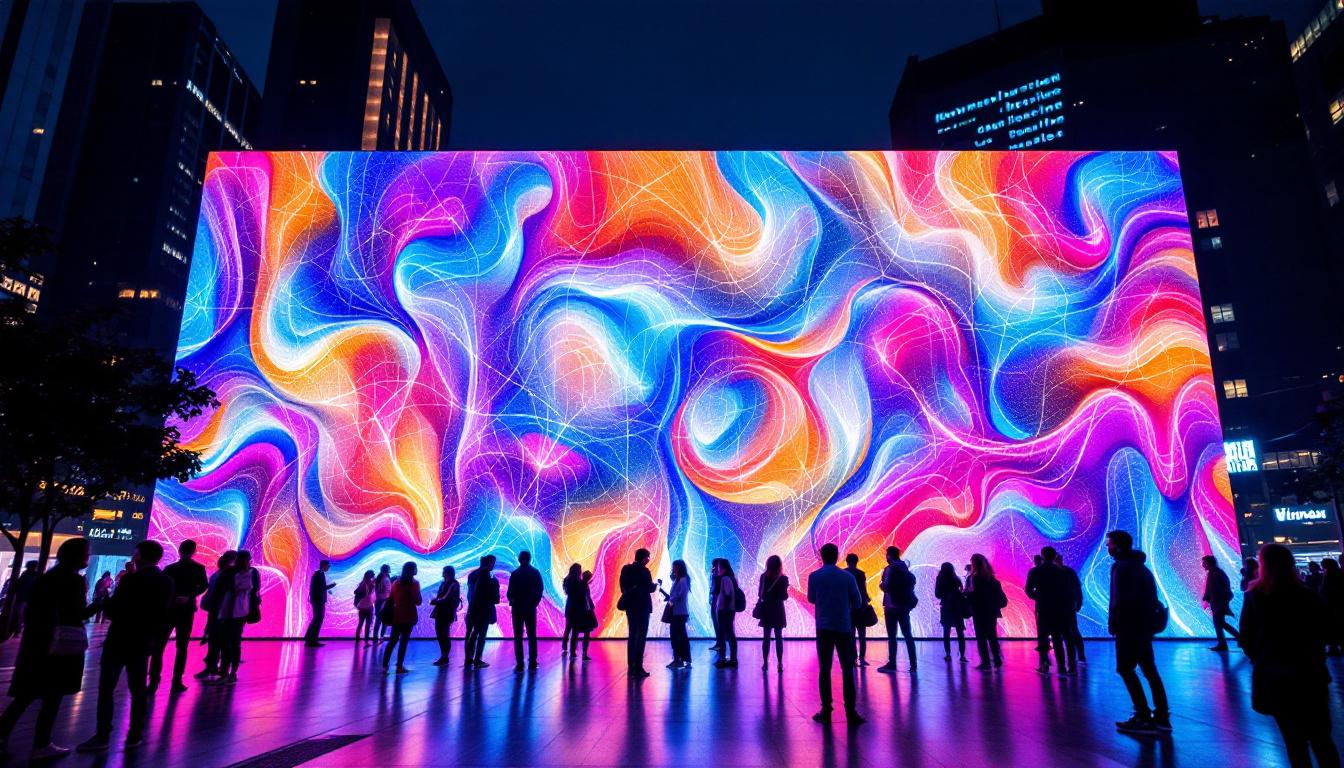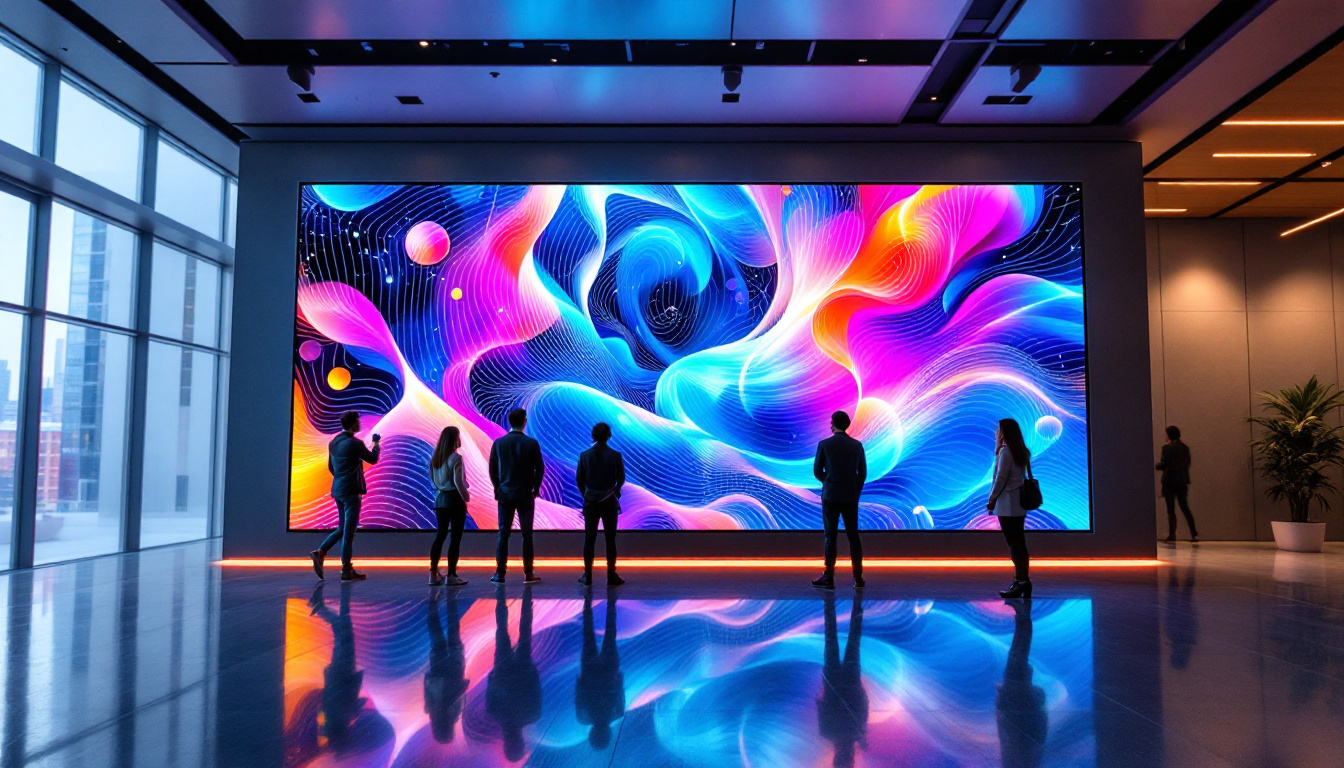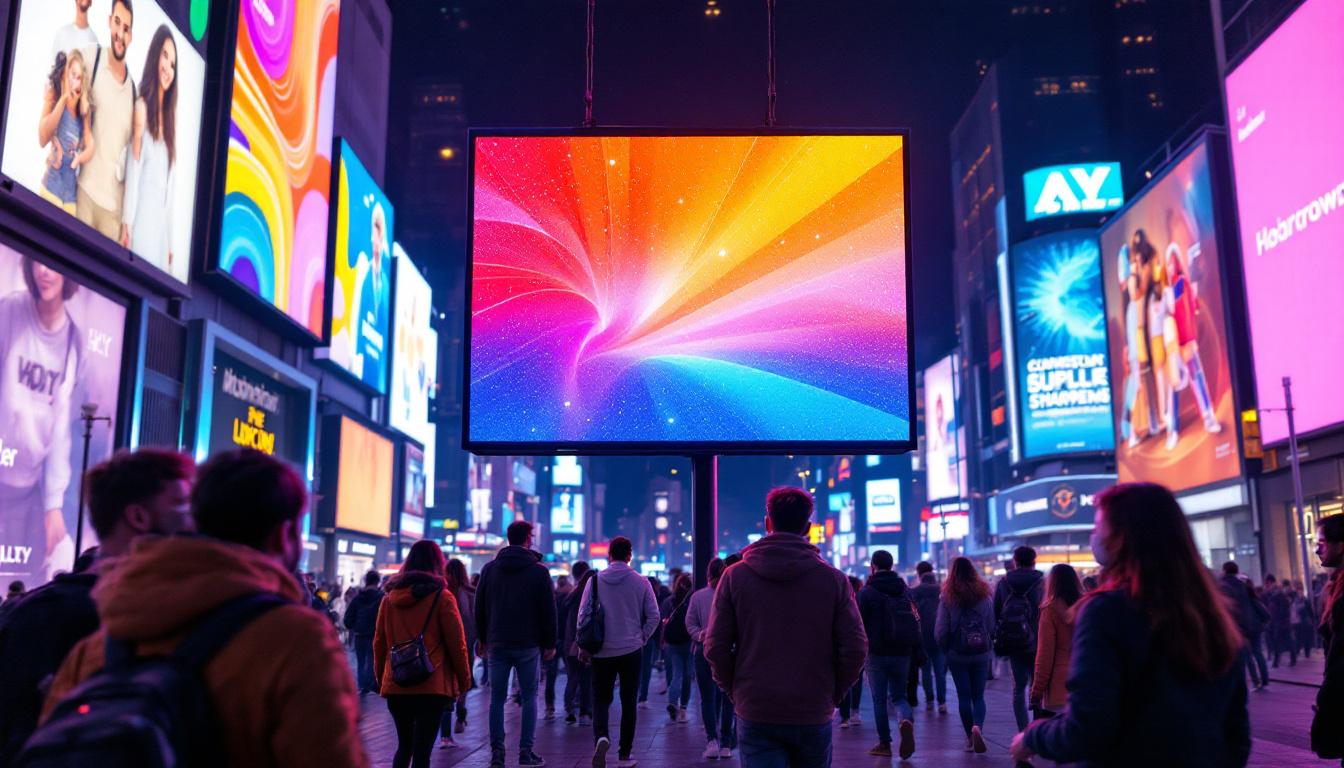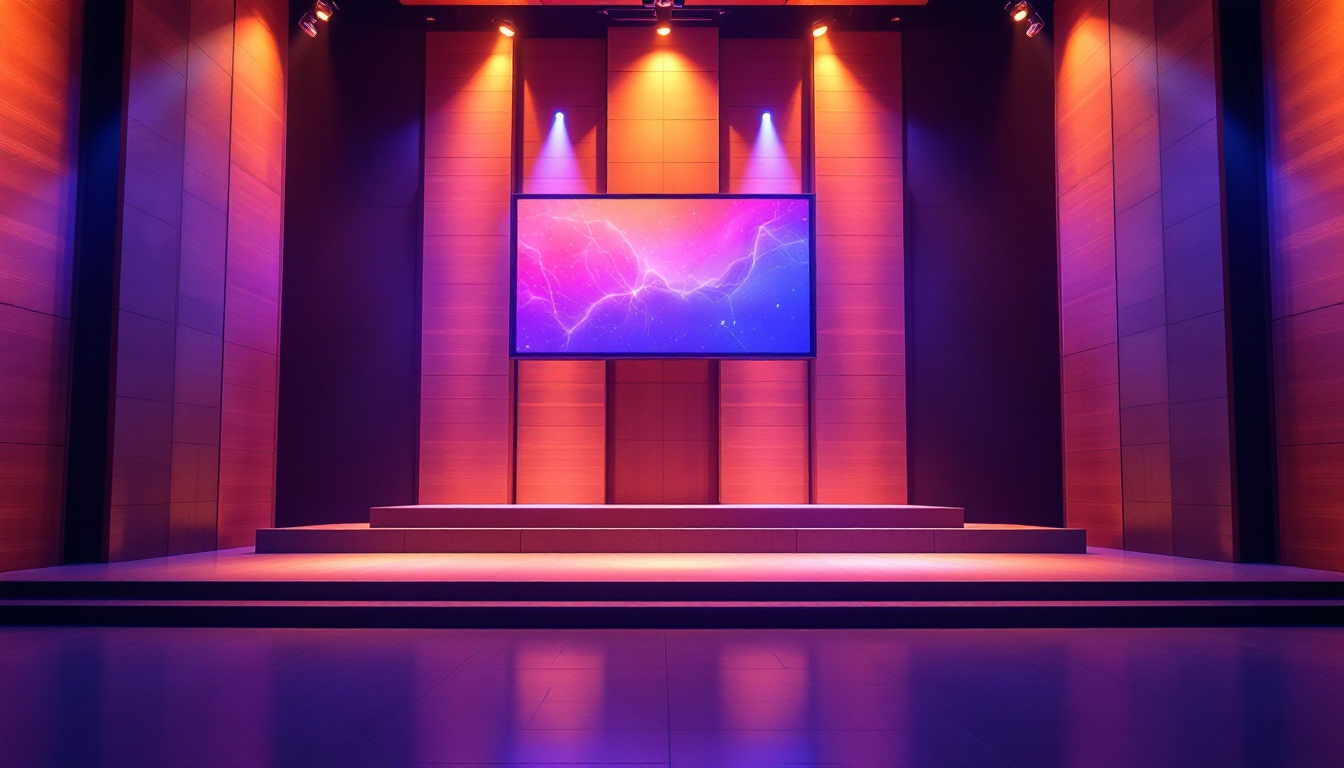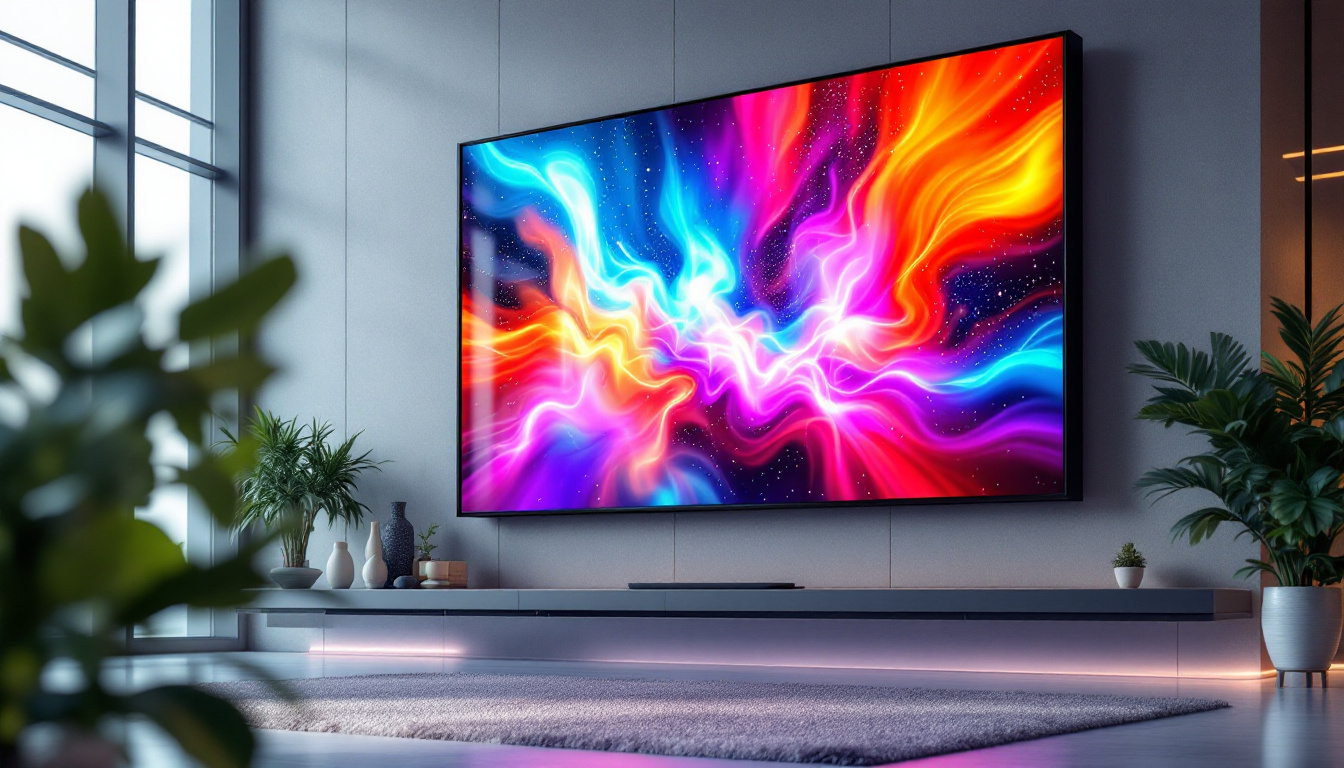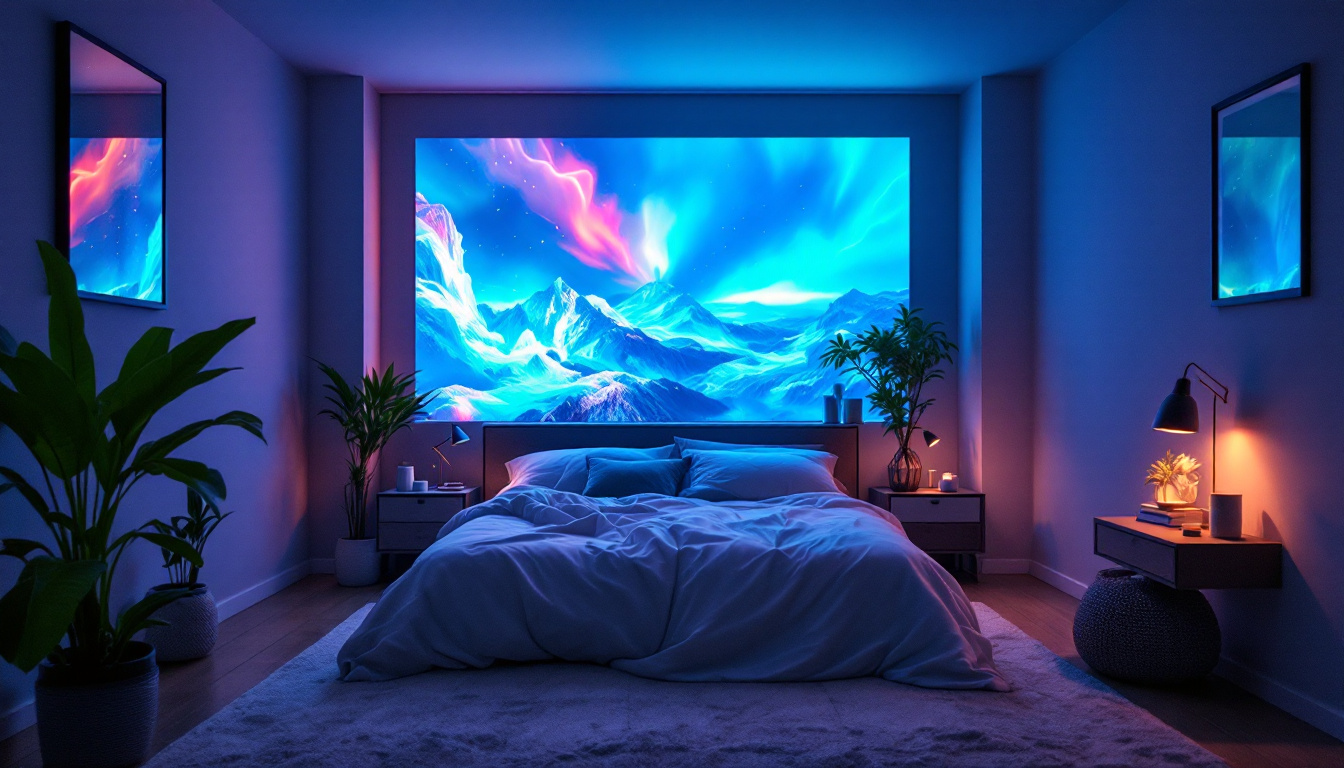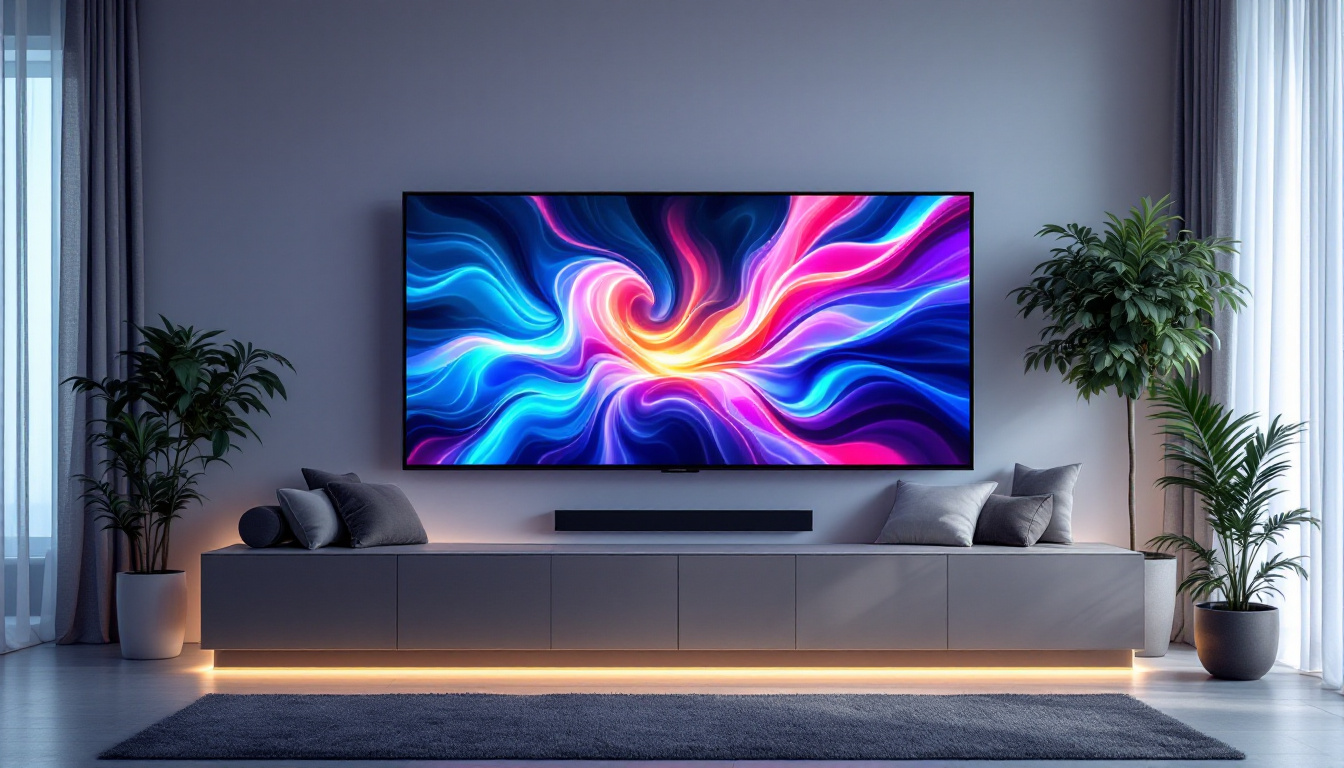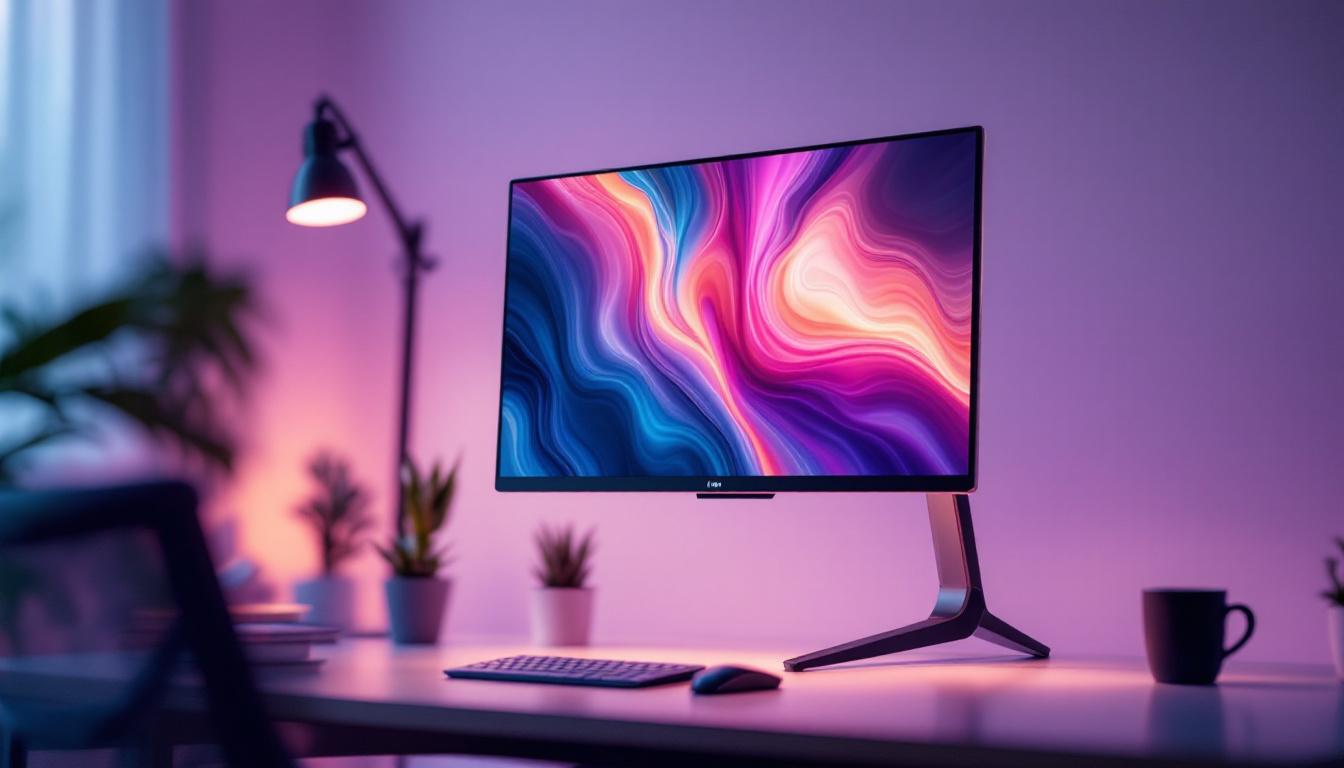Can A Flat Screen TV Be Fixed: LED Display Explained
Flat screen TVs have become a staple in modern households, offering sleek designs, vibrant colors, and immersive viewing experiences. Among the various types of flat screen TVs, LED displays are particularly popular due to their energy efficiency and superior picture quality. However, like all electronic devices, LED TVs can encounter issues over time. This raises a common question: can a flat screen TV be fixed, especially when it involves the complex LED display? This article delves into the intricacies of LED displays, common problems, and the feasibility of repairing flat screen TVs.
Understanding LED Displays in Flat Screen TVs
What is an LED Display?
LED stands for Light Emitting Diode, a technology used to illuminate the pixels on a TV screen. Unlike traditional LCD TVs that use cold cathode fluorescent lamps (CCFLs) for backlighting, LED TVs use an array of LEDs to light up the display. This results in better brightness control, improved contrast ratios, and often thinner panels.
LED TVs are essentially LCD TVs with LED backlighting. The LEDs can be arranged in two main ways: edge-lit or full-array. Edge-lit LED TVs place LEDs around the edges of the screen, while full-array LED TVs have LEDs spread evenly behind the entire screen, allowing for more precise lighting control and better picture quality. The choice between these configurations can significantly affect the viewing experience, as full-array models typically offer superior local dimming capabilities, enhancing the depth of blacks and overall image quality.
How LED Displays Work
The LED backlight shines through a liquid crystal display (LCD) panel that controls the color and intensity of each pixel. The liquid crystals themselves don’t emit light; they modulate the backlight to create the image. The combination of LED backlighting and LCD technology enables LED TVs to deliver vibrant colors and sharp images with energy efficiency. This efficiency is not only beneficial for reducing electricity bills but also contributes to a lower carbon footprint, making LED TVs a more environmentally friendly option compared to their predecessors.
Understanding this layered structure is crucial when diagnosing issues because problems may arise in the LED backlight, the LCD panel, or the electronic components controlling the display. For instance, if you notice uneven brightness or color inconsistencies, it could indicate a malfunction in the LED array or issues with the liquid crystal alignment. Moreover, advancements in LED technology, such as Quantum Dot and Mini-LED, are pushing the boundaries of what is possible in terms of color accuracy and contrast, further enhancing the viewing experience. These innovations are making LED displays not just a choice for the average consumer but a preferred option for professional settings, such as graphic design and video editing, where color precision is paramount.
Common Problems with LED Flat Screen TVs
Backlight Failure
One of the most frequent issues with LED TVs is backlight failure. Since the LEDs are responsible for illuminating the screen, if they malfunction, the display may appear very dim or completely dark, even though the TV is powered on and the sound is working. This issue can be caused by faulty LED strips, power supply problems, or damaged drivers.
Backlight failure is sometimes fixable by replacing the LED strips or repairing the power supply board. However, the complexity and cost of replacement parts can vary significantly depending on the TV model and manufacturer.
Dead or Stuck Pixels
Dead pixels are tiny black dots on the screen where the pixels no longer light up, while stuck pixels are pixels that remain permanently lit in one color. These issues can be distracting, especially on larger screens, but they usually do not affect the overall functionality of the TV.
In some cases, software tools or gentle physical manipulation can revive stuck pixels, but dead pixels are typically permanent. Manufacturers often have policies regarding the acceptable number of dead pixels before considering a warranty claim.
Screen Flickering and Color Distortion
Flickering screens or color distortions can result from loose connections, failing capacitors on the power board, or issues with the T-con board (timing controller), which manages the image data sent to the screen. These symptoms can sometimes be intermittent, making diagnosis challenging.
Repairing such issues often involves opening the TV and testing individual components, which requires technical expertise and proper tools.
Physical Damage
Physical damage such as cracks or scratches on the screen is a common cause of display problems. Unlike backlight or electronic issues, physical damage usually requires panel replacement, which can be prohibitively expensive.
Given that the LCD panel is one of the most costly components, many users find that replacing the entire TV is more economical than repairing a cracked screen.
Is It Worth Fixing a Flat Screen LED TV?
Cost Considerations
When deciding whether to repair an LED TV, cost is a primary factor. Repair costs can range from as little as $50 for minor fixes to several hundred dollars for major component replacements. For example, replacing LED backlight strips might cost between $100 and $200 in parts and labor, while a new LCD panel could exceed $300.
Considering that many LED TVs are available for $300 to $600, especially models with similar or better features, the cost-benefit analysis often leans toward replacement rather than repair for major issues.
Age and Warranty Status
The age of the TV and whether it is still under warranty also influence the decision. Most manufacturers offer warranties ranging from one to three years, covering defects but not accidental damage. If the TV is relatively new and the issue is covered, repair or replacement under warranty is advisable.
For older TVs, especially those beyond five years, technology advancements mean newer models offer better picture quality, smart features, and energy efficiency. Investing in a new TV might provide more value in the long run.
Environmental Impact
Repairing electronics instead of discarding them helps reduce electronic waste, which is a growing environmental concern. According to the Global E-waste Monitor 2023, over 57 million metric tons of e-waste were generated worldwide in 2022, with only 17.4% properly recycled.
Choosing to repair a TV when feasible supports sustainability efforts, but it is essential to balance this with practical considerations like cost and performance.
How to Diagnose and Fix Common LED TV Problems
Initial Troubleshooting Steps
Before seeking professional repair, some basic troubleshooting can help identify the problem:
- Check the power source: Ensure the TV is plugged in securely and the outlet is functioning.
- Inspect cables and connections: Loose or damaged HDMI or power cables can cause display issues.
- Reset the TV: Unplug the TV for a few minutes and then power it back on to clear temporary glitches.
- Test with different input sources: Verify if the issue persists across different devices or channels.
Backlight Repair
If the screen is dark but the sound works, the backlight is likely the culprit. Repairing this involves opening the TV and replacing the LED strips or inverter board. This task requires technical knowledge, proper tools, and safety precautions due to the delicate and high-voltage components inside.
Many repair shops offer backlight replacement services, and DIY enthusiasts can find detailed guides and replacement parts online. However, caution is advised to avoid further damage.
Fixing Dead or Stuck Pixels
For stuck pixels, some software applications cycle colors rapidly to attempt to reactivate the pixel. Gentle tapping or massaging the affected area with a soft cloth can sometimes help, but these methods are not guaranteed.
Dead pixels usually cannot be repaired, but if the number exceeds the manufacturer’s acceptable limit, warranty claims might be possible.
Addressing Flickering and Color Issues
Loose internal connections or failing components like capacitors can cause flickering or color problems. Opening the TV to reseat cables or replace faulty parts can resolve these issues. However, diagnosing these problems requires experience with electronics repair and access to replacement parts.
When to Call a Professional
Complex repairs involving the internal electronics or display panel should be handled by certified technicians. Attempting repairs without proper knowledge can void warranties and cause irreversible damage.
Professional repair services can provide accurate diagnosis, genuine replacement parts, and warranty on repairs, offering peace of mind for the TV owner.
Preventive Measures to Extend the Life of an LED TV
Proper Placement and Usage
Placing the TV in a well-ventilated area away from direct sunlight and heat sources helps prevent overheating, which can degrade components over time. Avoiding excessive brightness settings and using energy-saving modes can also reduce strain on the backlight.
Regular Maintenance
Cleaning the TV screen gently with a microfiber cloth and ensuring dust does not accumulate inside the vents can improve performance and longevity. Periodic checks of cables and connections help prevent issues related to loose or damaged wiring.
Power Protection
Using surge protectors or uninterruptible power supplies (UPS) can safeguard the TV from voltage spikes and power outages, which are common causes of electronic failures.
Conclusion: Can a Flat Screen LED TV Be Fixed?
In many cases, flat screen LED TVs can be repaired, especially when issues involve the backlight, power supply, or minor electronic components. However, the feasibility of repair depends on the nature of the problem, the age of the TV, and the cost involved.
For minor faults, professional repair or DIY fixes can extend the life of the TV significantly. On the other hand, severe damage to the LCD panel or expensive component failures may justify replacing the TV instead.
Ultimately, understanding how LED displays work and the common problems they encounter empowers consumers to make informed decisions about repair versus replacement, balancing cost, performance, and environmental impact.
Explore Cutting-Edge LED Solutions with LumenMatrix
Whether you’re looking to repair an existing LED TV or considering an upgrade to the latest in display technology, LumenMatrix has you covered. As a pioneer in LED display solutions, we offer an extensive range of products designed to bring your visual communication to life. From vibrant Indoor LED Wall Displays to dynamic Outdoor LED Wall Displays, and from sleek LED Poster Displays to immersive LED Sports and Floor Displays, our innovative offerings are tailored to meet your unique needs. Experience the future of visual engagement with our Custom, All-in-One, and Transparent LED Displays. Don’t miss the opportunity to transform your space and captivate your audience. Check out LumenMatrix LED Display Solutions today and take the first step towards revolutionizing your visual experience.


